We all know Stonehenge don’t we? We all know the Taj Mahal, the world’s most romantic gesture, and most of us would love to trek to Machu Picchu at some point in our lives…
All of these iconic destinations have one thing in common. They all feature on UNESCO’s list of World Heritage Sites.
But what about the less obvious sites, the ones we’ve probably never heard of, the ones we’ve dismissed and the ones we never knew existed?
There are 936 World Heritage Sites stretched out across the planet. If you’re looking at something different for your adventure holidays this year, try a visit to one of these.
Le Morne Cultural Landscape, Mauritius
For a leisurely and beach laden start to your adventures try Mauritius. It may not be the most obvious destination for a World Heritage Site but it boasts spectacular scenery.
Mauritius itself was once a stopover for the eastern slave trade en route from Africa. During the 18th century, runaway slaves used to hide in the vast landscape southwest of the island. Today, the site is an emotive symbol representing the courage of those slaves who managed to escape.
Le Morne Cultural Landscape itself is a mountain jutting out into the Indian Ocean. Its hostile terrain made it ideal for the slaves to avoid their pursuers. At one point Mauritius became known as the Maroon Republic after the many escaped slaves that inhabited the mountains.
Timgad, Algeria
Once off limits to travellers with concerns over safety and its raging civil war, Algeria is slowly making a comeback.
If you love the ancient history and adventure offered by Rome, then Algeria is a must. Once an outpost of the Roman Empire itself under the rule of Emperor Trajan, Timgad boasts some well preserved Roman buildings, including a Triumphal Arch, an amphitheatre and the iconic Capitoline Temple dedicated to Jupiter.
Its orthogonal design with its colonnade of Corinthian columns make it an outstanding example of Roman town planning.
Al-Hijr, Saudi Arabia
Al Hijr represents Saudi Arabia’s first entry into UNESCO’s listing.
Al Hijr literally means ‘rocky place’ and the site is a stunning building carved into the rock face. Also known as Madain Saley the facades of the buildings were believed to have been carved into the sandstone mountains sometime around the second millennium BC.
A combination of influences is evident including Hellenistic, Egyptian and Assyrian and inscriptions. Cave drawings and monumental tombs fascinate visitors from all over the world.
Sacred Mijikenda Kaya Forests of Kenya
For an ideal way to combine exciting safari holidays with spirituality, the Mijikenda Kaya Forests of Kenya offer a temporary respite from the non-stop adventure.
Created in the 16th century, the Kayas were once the abode of the tribal ancestors of the local people. Although deserted since the 1940s they remain revered sacred sites spanning nearly 200km within Kenya’s forests.
The locals believe the spirits of their ancestors still inhabit the forests so be prepared for a unique culture and spiritual hiatus before returning to the thrill of your safari.
Ellora Caves
Combining the spirituality of the Kenyan forests with the rock hewn wonders of Al Hijir, the Ellora Caves were carved from the Charanadri Hills in India during the 5th and 6th centuries.
Largely unnoticed by travellers the Ellora Caves are dug deeply into the mountains yet are a unique offering of rock temples to three of India’s oldest religions – Buddhism, Hinduism and Jainism. Over 30 monasteries and temples can be found here.
There are countless overlooked UNESCO World Heritage Sites to suit every taste so the only thing left for you to do is go and experience them for yourself.
-Subscribe to get free updates via RSS or email, follow us on Twitter or find us on Facebook.


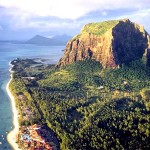
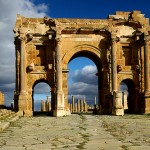
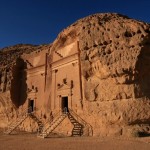
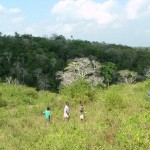
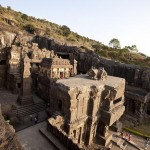









To have an assignment we have to write an essay on the possible World Heritage Site, I’ve got a couple of ideas in your mind but desired to request for the opinions aswell :D
which country is top within the listing of world heritage sites?
Destroying world heritage sites, taking away human rights, destroying education, etc
Your thoughts?
How does UNESCO keep both natural and cultural World heritage sites protected ??